See all of the updates from our trip here.
It was our first full day in Rwanda. The theme of the day was “what we are capable of” by which I mean what we humans are capable of, for good and for evil. Today's post contrasts how humans are capable of unspeakable harm toward others, and also of overwhelming love and goodness.
I am going to share this in two parts. Part 1 is about our visit to the Kigali Genocide Memorial and Part 2 is about our visit to the Kingdom Gate School. You will also find other odds and ends from the day at the bottom.
In Part 1, I will be talking about the realities of genocide. If that is not something that feels emotionally safe for you to read about, you can skip to Part 2. AND please don't think “I need to be tough enough to read about it.” That is not the case at all. Take care of yourself and what you choose to consume.
Part 1 – Kigali Genocide Memorial
There are certain parts of the human experience that are difficult to wrap your mind around. Genocide is one of those subjects.
In 1994, two million Rwandans were murdered by their fellow countrymen. At the time, Rwanda had a population of only seven million people.
Genocide is not something that just happens. It is systematically orchestrated, with the seeds of hate fermented.
This was done to the Tutsi people through the media, organized religion, government structures, and the influence of outside governments. The same tactics that were used in Germany by the Nazis were used to demonize the Tutsi. They used supposed genetic characteristics to other the Tutsi people. They used the word “inyenzi”, which means cockroach, to describe the Tutsi people.
Axes and machetes were provided so that neighbors could be unleashed on neighbors.
A visit to the Kigali Genocide Memorial is a stunning experience.
It is the burial site of over 250,000 Tutsi who were killed. As new mass graves are uncovered around the country, those remains are transported to the memorial so they have a more formal place of remembrance.
In addition to the burial site, there is an amazing museum. Not only does it share the history and social and political climate that created the conditions that allowed the genocide in Rwanda to happen, they also shared history of five other genocides that have happened in the last 100 years. They do this in the hope that all who walk through the doors will not see what happened in Rwanda as unique or isolated, and hopefully we will all be vigilant.
It was heavy. It was overwhelming. It was incomprehensible.
Then there was the moment I broke.
The last room is dedicated to the children who were murdered in the genocide.
There were hundreds of photos of the children who were murdered. For a number of them there were larger photos with some information about the child that included age, best friend, and favorite food. That was hard enough to read, but the last line was devastating. It listed how they were killed.
I will spare you the horrific details, but that was the moment I broke.
It makes me ask, “How are we capable of this?”
I use the pronoun “we” intentionally. As a human family, we are responsible for this. Obviously, there are some who are more responsible than others, but at the same time, if we turn away, we are part of the problem.
I am reminded of the quote below from Martin Niemöller. He shared many different versions through years, but the most famous version is:
First they came for the Jews
and I did not speak out
because I was not a Jew.
Then they came for the Communists
and I did not speak out
because I was not a Communist.
Then they came for the trade unionists
and I did not speak out
because I was not a trade unionist.
Then they came for me
and there was no one left
to speak out for me.
UBUMUNTU and the Rwandan People
This is the logo for the merchandise that is used to support the Kigali Genocide Memorial.
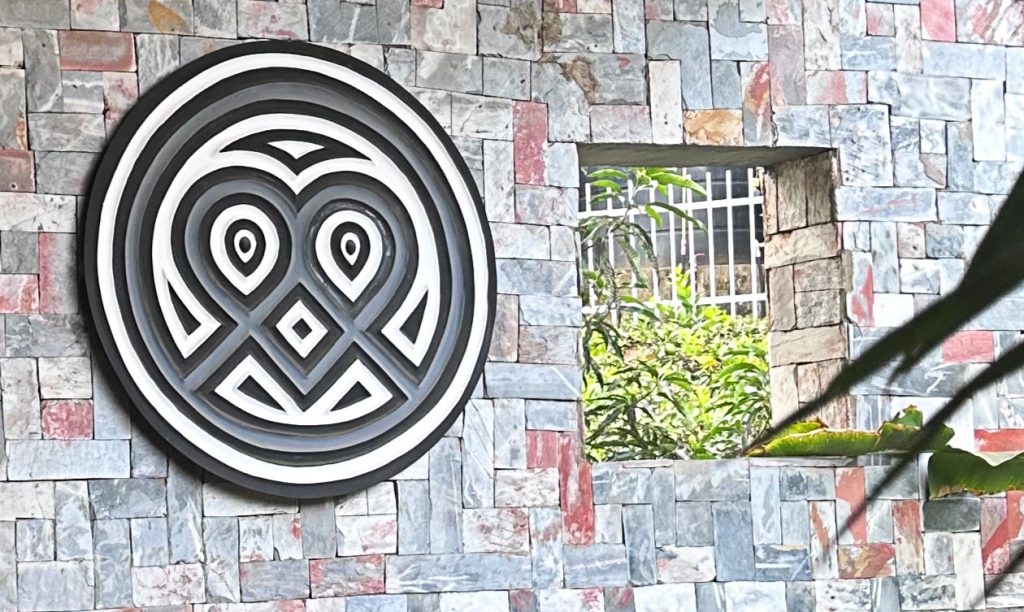
The brand is called UBUMUNTU.
Ubumuntu means humanity and refers to the quality of being humane; greatness of heart, benevolence, generosity and kindness. In the context of the genocide against the Tutsi, Ubumuntu refers to those who selflessly risked their lives to save others.
The Ubumuntu logo is a single heart formed by two people embracing, connected to the world. Inspired by Rwanda's traditional geometric design, it is a concept, a brand, and also a message that people carry with them.
In the midst of this indescribable horror and pain, I am most humbled to be among the Rwandan people.
To this day, their suffering is real and on the surface AND there is a lot of striving to overcome suffering, a lot of working on healing, and a lot of trying to create something great out of the wreckage.
And that brings us to the other side of the coin: what humans are capable of in the face of atrocities.
Part 2 – Kingdom Gate School
The Kingdom Gate School was created by David (photo below) who wanted to create a school for children without access to the education they deserve. It is especially geared toward children from impoverished circumstances and those without traditional family support structures.

David is an unstoppable flow of love, energy, and smiles, who would put the Energizer Bunny to shame.
The school itself currently caters for students from ages three to five. The school began in just three rooms. One was the classroom, one was the activity room, and one was where they ate. Since then, they have added one more grade every year, so many of the 5th graders have been with the school since its inception.
David started the school for a number of reasons. First and foremost he wanted to take care of the children. Second, he said “When you get the children, you get the whole family.” Meaning it was a great way to teach and help everyone, not just the kids.
When David wanted to introduce tapping to the community, he started with a group of single mothers. One of those mothers then testified (David's word) to the faculty of the school about how amazing tapping had been for her, and that created a domino effect.
Now tapping happens daily at the school. We were even able to be part of the ceremony where a number of teachers received their certificates for completing the tapping training.
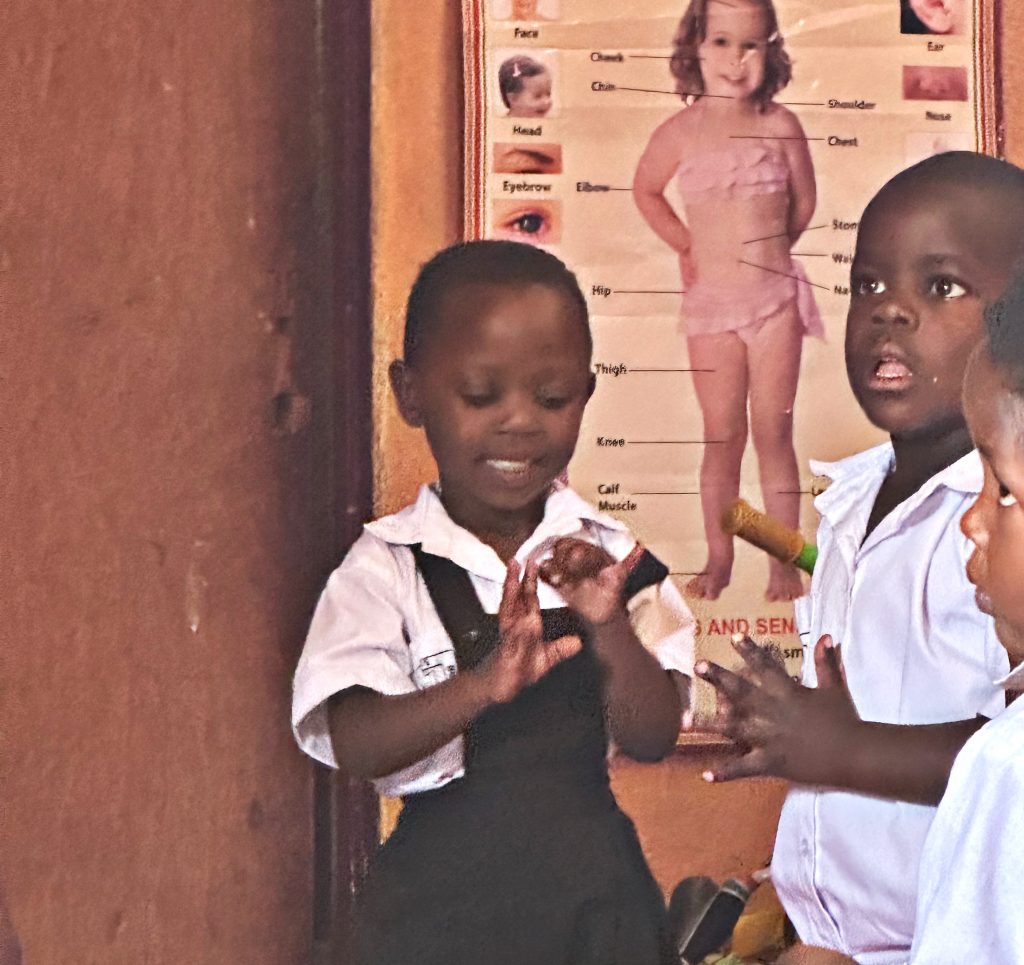
In addition to teaching the younger children, they have created a vocational program for older teens to learn vocational skills like welding, tailoring, and carpentry. As David put it, “To help a person heal you must walk with them.” The vocational school means the teachers work side-by-side with the students, hearing about them and their lives, which provides a platform for more connection and healing.
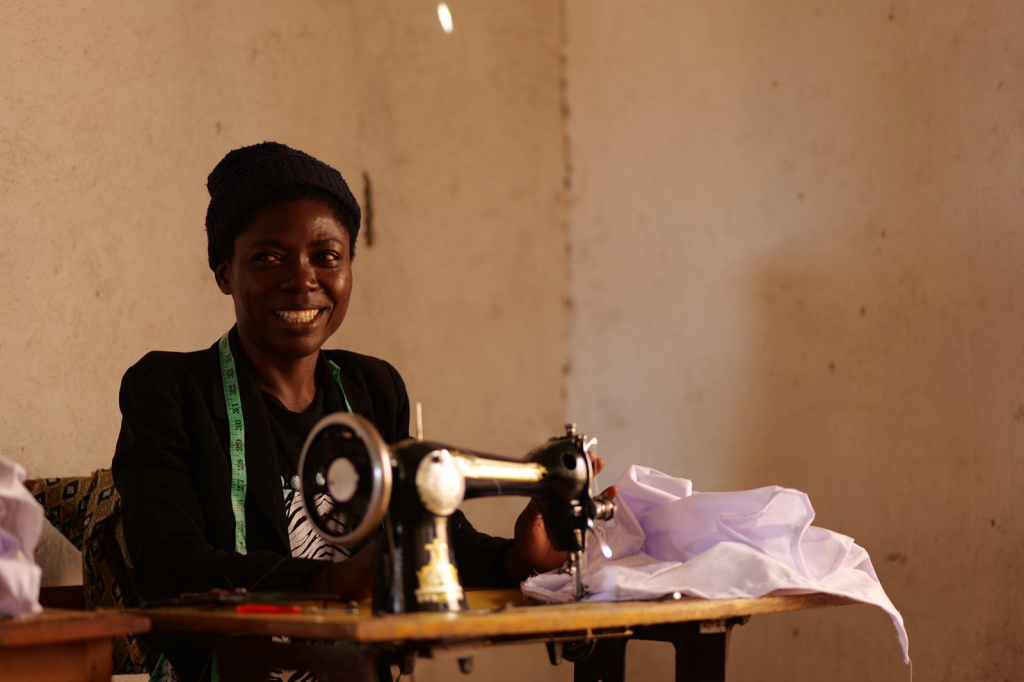
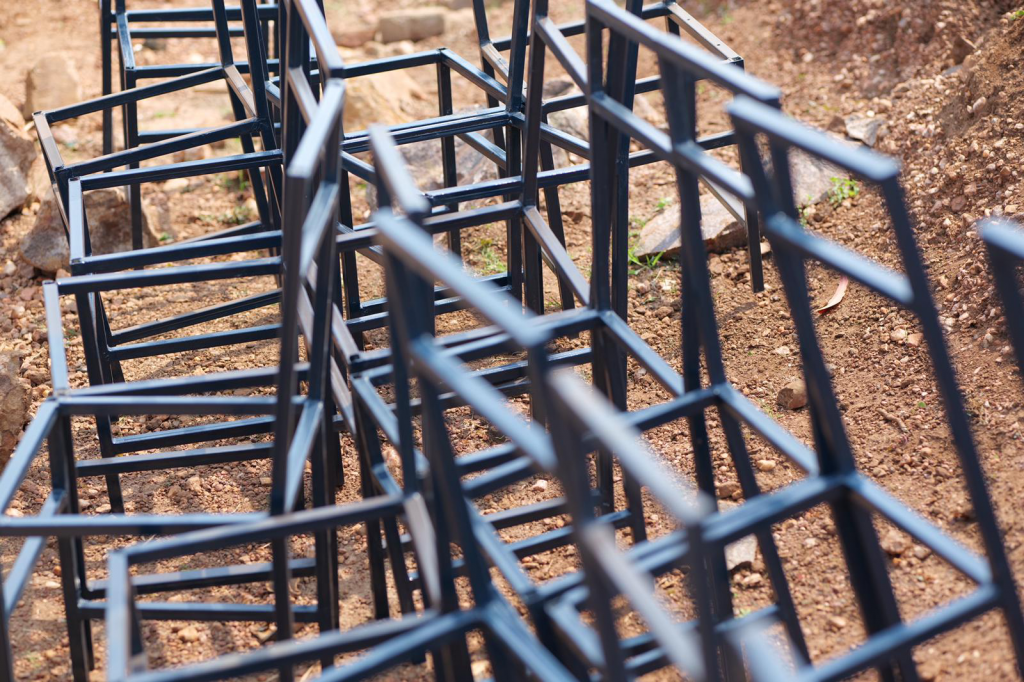
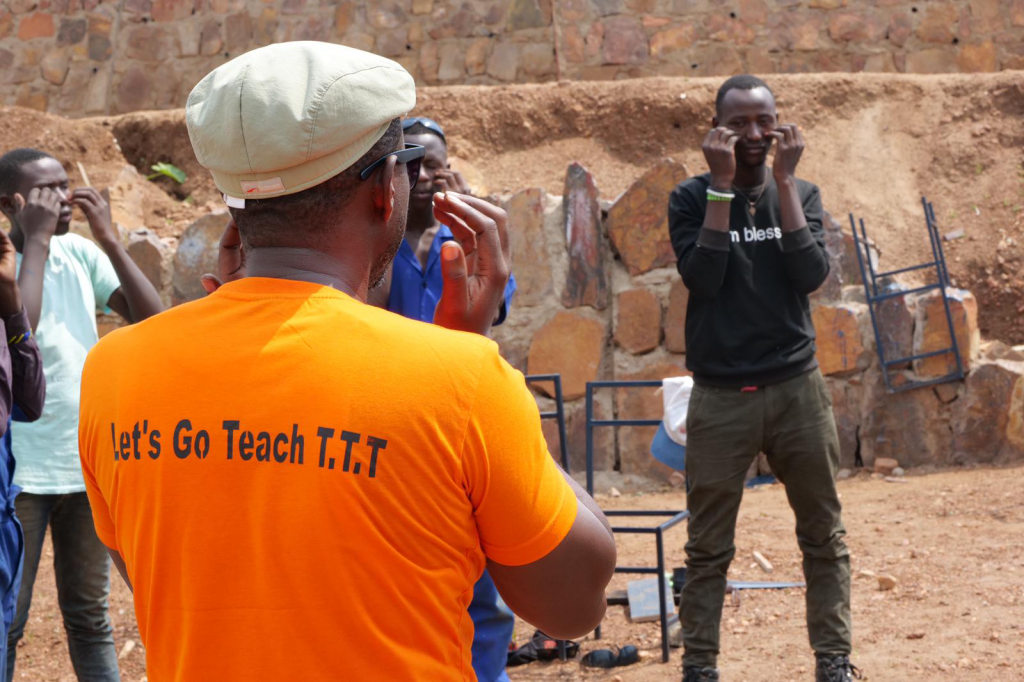
One of the major results David reported was that not only was the faculty and staff happier and healthier because of their tapping, but they also collaborated better and came up with more creative ideas to solve problems at the school.
When asked if the school was going to keep growing by adding more grade levels all the way through high school, David said no, but shared that one of his visions is that when his students go on to attend high school, they will have a positive impact on their fellow students.
After touring the school and visiting all the classrooms, we were treated to presentations from the faculty and students. They told stories about how tapping has impacted their lives and then some of the students performed traditional and modern dances for us.
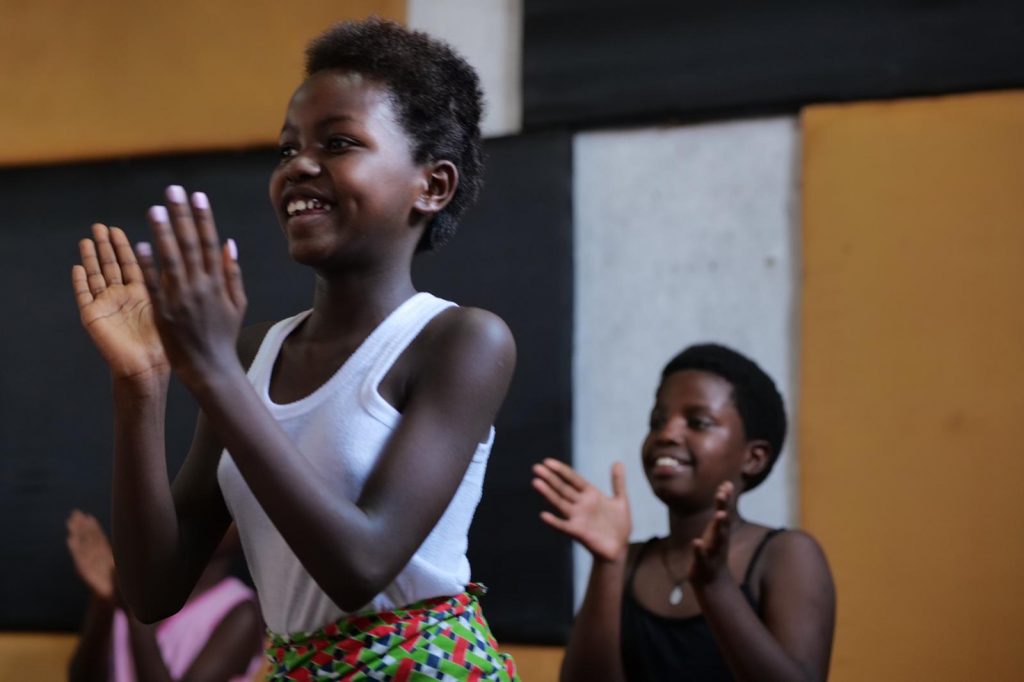
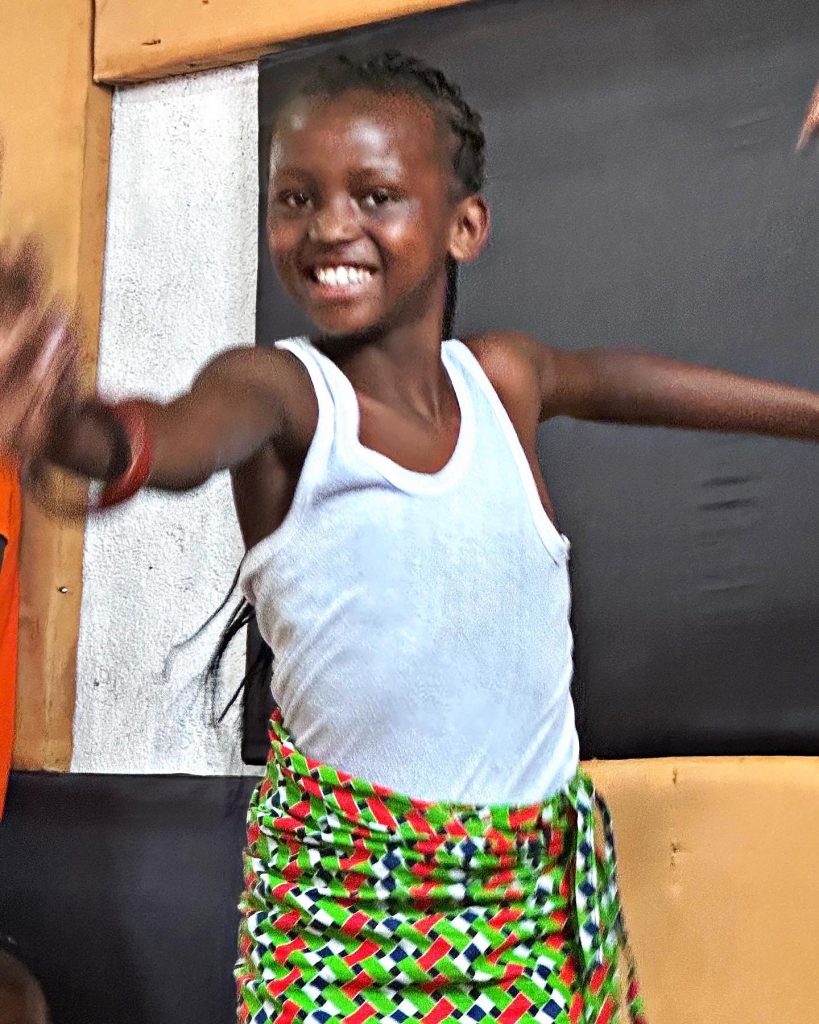
One of the teachers shared a poem called “Going to my happy place” in which he talked about how when he is overwhelmed by stress, he retreats to his happy place, which is tapping for relief. My First Action, Best Action members will recognize this idea of doing something first to change how you feel before you act.
The last thing we did before departing the school was to award certificates to the faculty and staff who had completed the TTT training. One of the things I am most impressed with is how the Peaceful Heart Network isn't coming in to “fix” situations or people. Instead, their aim is to teach local leaders what might be useful and then encourage them to implement it in the way that best serves their local community.

They were so happy and proud to receive this recognition and couldn’t be happier at how much better their own lives were, not just the lives of the students, because they now know tapping.
Other odds and ends
Hugs and handshakes
Something I've loved while being in Rwanda is when you meet someone, you first give them a hug and then you shake their hand. It is an interesting twist on the formalities of greeting that feels good to me.
First, take off shoes and listen
When David was sharing about his motivation for creating the school, he observed that so many of the churches came in and just preached at the people, telling them what to do and how to live. Instead, he wanted to meet the people where they are, before offering anything. Gunilla and Ulf talk about “first, we take off our shoes and listen” before taking any kind of action.
“What was pushing at your heart when you did that?”
David was talking about how he was working with a student who was acting up and had harmed another student. When processing with the student, he asked “What was pushing at your heart when you did that?”
That is such an amazing way to ask the question of trying to understand why we are behaving in a certain way. When something is pushing on our heart it is hard for us to live and act in an authentic and heartfelt way. It is a question you might want to ask yourself the next time you make a choice of which you are less than proud.
This is so moving, and inspiring. Thank you for taking us along on this amazing journey!
Thank you so much for sharing your journey with us. It has left a pain in my heart along with an abundance of love for these people and you for your willingness to share your feelings. I am always checking for your updates.
Thank you for sharing this incredible, uplifting story, Gene! What an impactful life experience for you and also for us who are hearing about it first hand.
This touched my heart and soul so deeply. Hearing you describe the atrocities that occurred and the aftermath that is still quite evident and felt by the Rwandan people, and the deep well of beauty, love, and hope that still remains and grows causes a plethora or emotions within me, but the predominant ones are love and profound gratitude for the unwavering spirit of all of the adults and children at the school (and, likely, many in Rwanda). I’m also so grateful that tapping has helped them in so many ways with healing emotional wounds and connecting with the love, peace, and hope for themselves and for others. Thank you, Gene, for including us all in your journey to Rwanda through this beautiful share.
I’m deeply moved by this and so appreciative of your outreach in sharing your time in Rwanda with us. This is the kind of inspiration we all need, with no sugar coating, so a great big Thank You, Gene!
Wow! Such interesting experiences from your trip to Rwanda.It feels so satisfying when you meet people at their lowest points of emotional /mental need,apply the tapping tool,relieve stress and trauma and see them smile. Such a good feeling!
Thank you Gene!
Gene, your writing and pictures are so inspirational to the EFT/tapping movement that heals and this journey remembering man’s inhumanity to man, is just a moment away. I also love that poem because we all need to heal and protect one another. Thank you and Peaceful heart for all that you do.